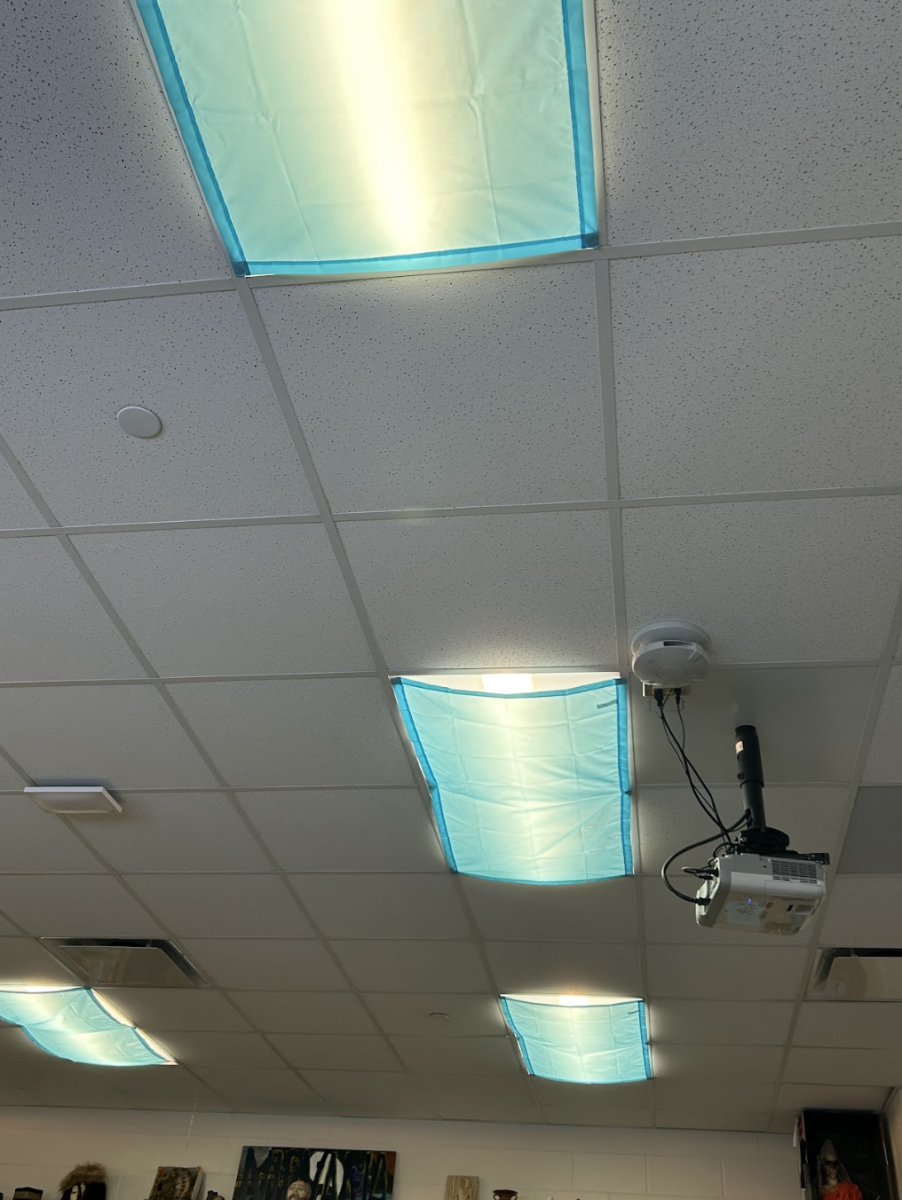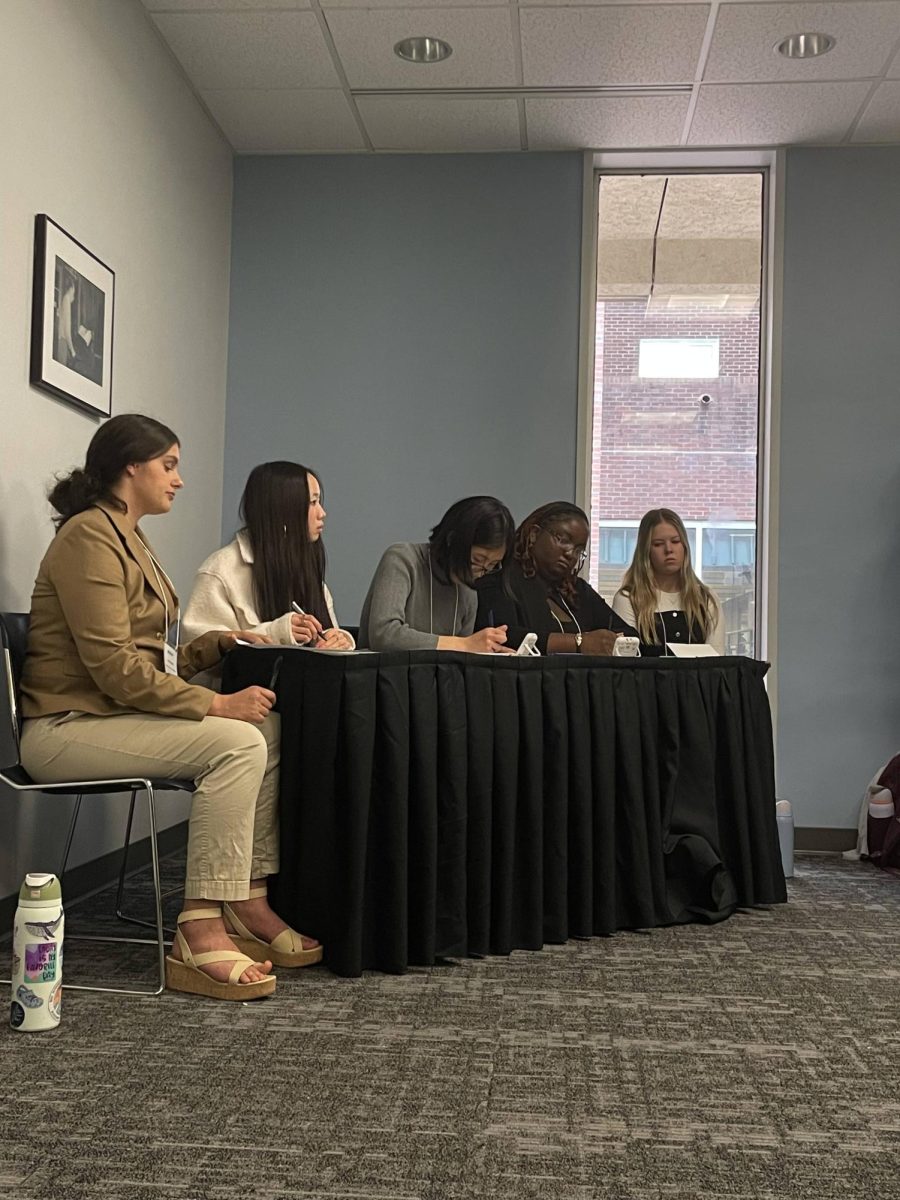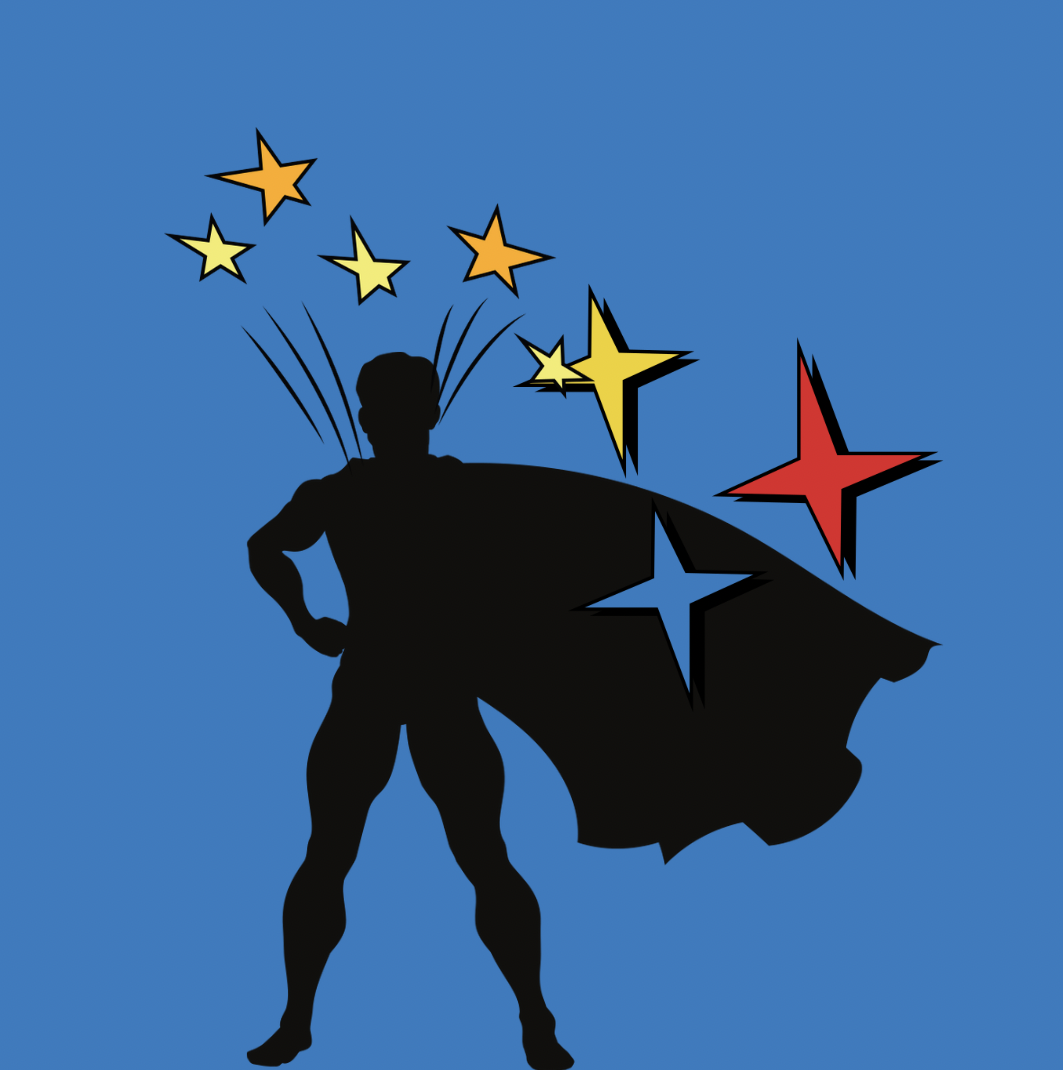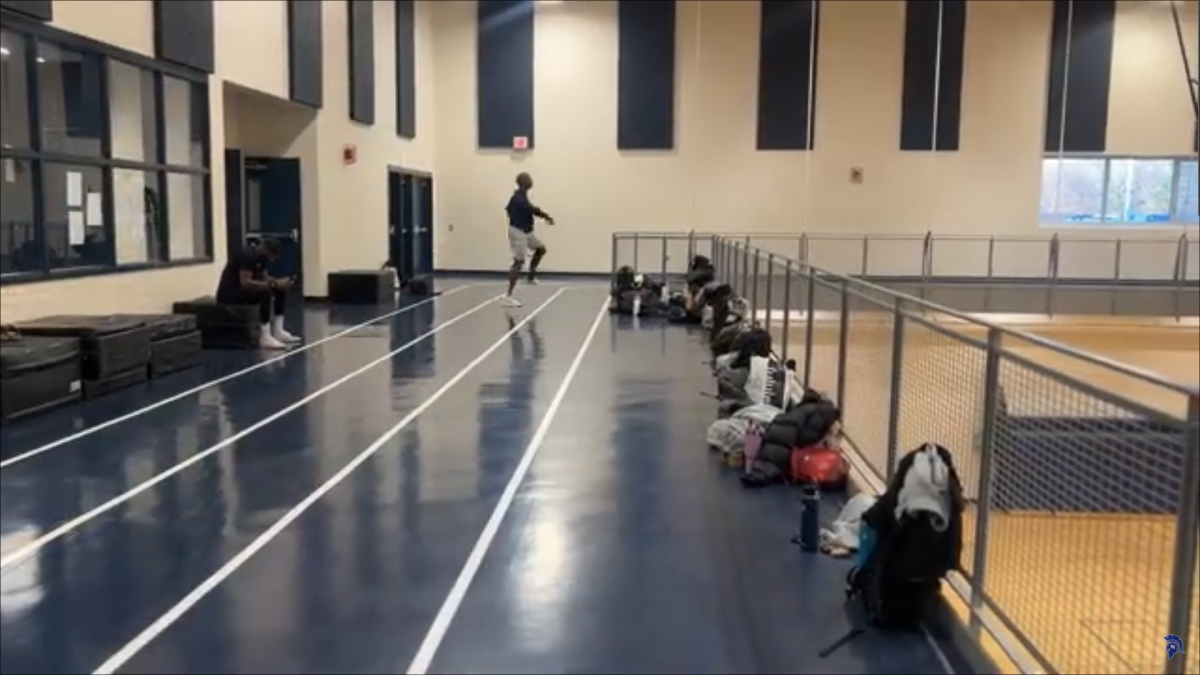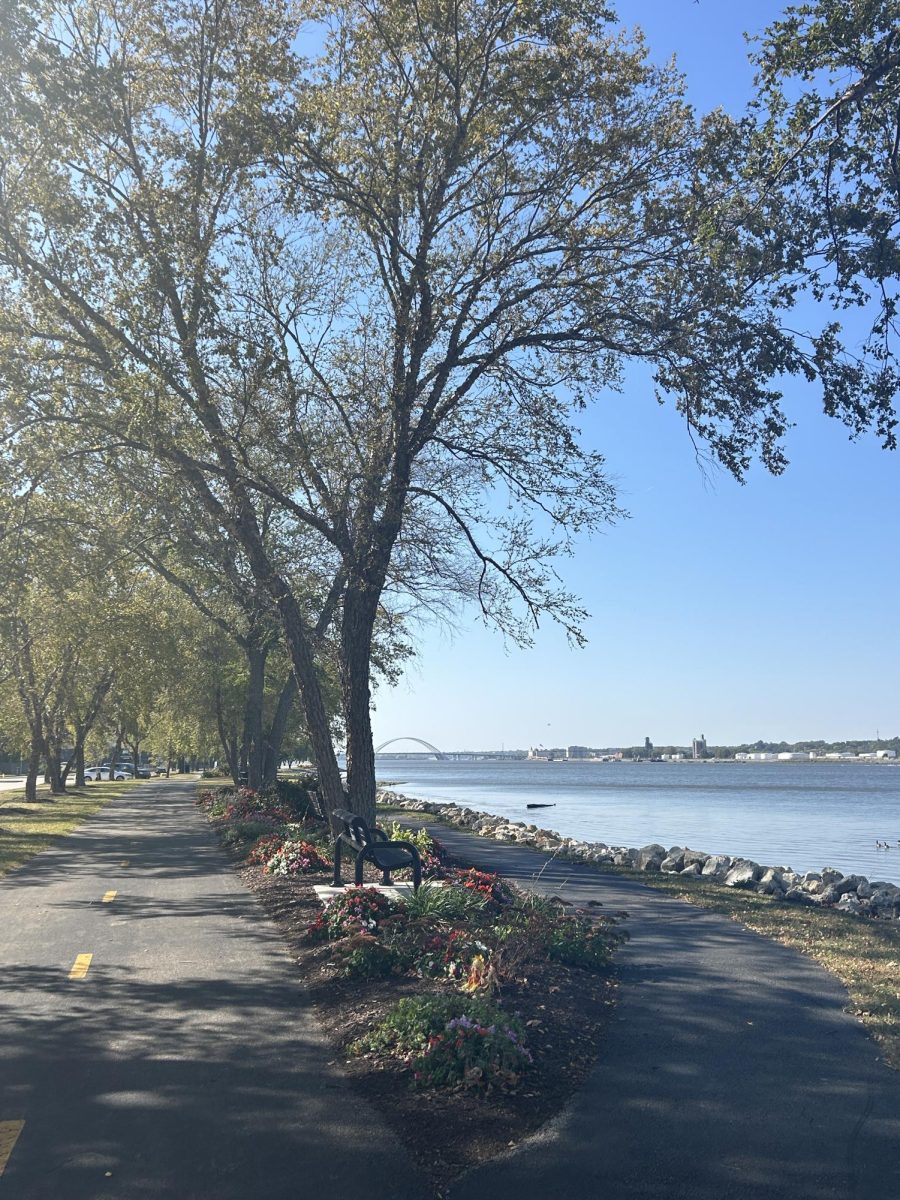Artificial light is something that people have lived with for centuries. Ever since Thomas Edison created the lightbulb, artificial light has become increasingly used. Now, there are street lights, neon signs, lights for homes and schools and much more. Although this creation makes everyday tasks easier, it can damage the natural cycle humans follow and cause health problems.
People follow a natural cycle allowing their bodies to wake them up with the rise of the sun. This is called circadian rhythms and it is a repeated cycle the body follows everyday based on the amount of light visible. This means when the sun sets, the brain begins to tell the body to prepare for sleep. The light from a TV or phone is enough to completely throw the brain off and prevent the body from performing circadian rhythms.
Artificial light also contributes to light pollution. Light pollution is the excess use of man-made light which disrupts wild-life, star visibility, and decreased health in people. The use of artificial lights when it’s dark outside lowers the body’s production of melatonin, causes anxiety, and is related to headaches and fatigue.
The recent trend has been using lamps and smaller lights in classrooms and homes instead of the “bright lights”. Although the damp light might reduce headaches and make the environment feel less stressful, bright lights are good for learning. When a room is dark, the brain is performing on a lower level due to the light being processed at night. Bright lights keep the brain awake and alert for learning.
Lynne Lundberg is known to keep her lights covered in her classroom. “The blue light from the overhead lights and screens give me migraines so, I keep them covered in my class.” Blue light is the majority of artificial light and is the cause of the problems named above. Lundberg’s migraines from blue light is just one reason artificial light isn’t always helpful.
Senior Taylor Covents body’s reaction to artificial light keeps the brain from producing melatonin and when the lights are less bright, the body begins to go into its circadian rhythm., “At night, it gets hard to sleep but when the lights are dimmer in class I get sleepy,” Covents stated.
Artificial light can also cause light pollution, affect the body’s ability to produce melatonin and sleep, and can cause stress and things like headaches.


